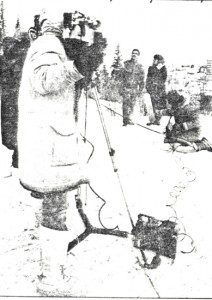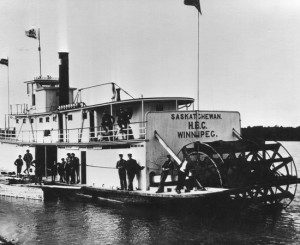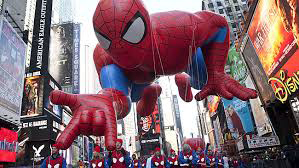
A good friend of mine – a designer by profession – has decided to take on something new in his life. It’s really only a slight turn in his career. He’s created masterful book designs for Canadian publishers for years. But when he and I recently put our heads together in front of a computer to work on my latest book design, he told me he’d bought a property in a neighbouring community, an older house, one we used to refer to as “a fixer-upper.”
“And I’m doing most of the interior renovations myself,” he said. “I just thought I’d like to try my hand at it.”
“You’re a better man than I,” I told him. And I meant it. (more…)








